
The amount of wet food you should feed your cat depends on several factors, including the cat's age, size, and lifestyle. In general, a 5-pound cat with a lean body type needs about 170 calories per day, and a 10-pound cat with a lean body type needs about 280 calories per day. The feeding guidelines on the product packaging can give you a good idea of where to start.
While the specifics vary from brand to brand and between different types of canned food, the average 3-ounce can of cat food has roughly 70 to 100 calories, so a typical adult cat would need to eat two to three cans of food per day. However, you should always take your cat's size, age, and health into account when deciding on the proper amount of food. And if you're feeding dry food as well, you'll need to adjust the amount of wet food so your cat gets the appropriate amount of calories.
Below, learn how much wet food you should feed your cat based on their individual needs.
Your cat's caloric needs can be calculated by weight. However, age, activity level, and reproductive status all play important roles in determining the right amount of wet food to feed your cat.
A growing kitten needs many more calories than an adult or senior cat. Young kittens (2–6 months old) are growing rapidly and have high nutritional needs. General guidelines for this age group are outlined in the chart above. Be sure to feed a diet formulated for kittens since they have different requirements for calcium and other minerals than adult cats. Nutritional needs will begin to drop off after 6 months of age for most kittens as growth slows. Senior cats may require fewer calories if they become less active.
Your cat's weight can give you a basic guideline of how much to feed, but it's essential to determine your cat's body condition. A lean, muscular cat with a large frame may weigh 15 pounds and be at a healthy weight. This cat will require more calories to maintain that healthy weight. However, a 15-pound cat with a more petite frame will be overweight and need fewer calories. The above chart details the caloric needs of cats based on body condition, but ask your veterinarian about weight loss diets and the safest way to feed them.
An active cat that runs and plays frequently will need more calories than a cat that remains sedentary most of the time. Consider your cat's body condition along with their activity level to determine the right number of calories. Monitor your cat's weight and adjust the diet as needed,
Pregnant cats should consume their usual diet and number of calories until four to five weeks after breeding. They can then be switched to a kitten or growth diet and the amount fed should be increased throughout pregnancy and until kittens are weaned.
Nursing queens should be fed a growth or lactation diet. The queen's calorie intake will be determined by the number and age of the kittens, but your veterinarian may recommend free-feeding cats during this time. Some queens with large litters may need to eat three to four times their usual number of calories. Unlike dogs, cats tend to consistently lose weight while nursing their kittens despite eating as much as they can.
If you wish to be precise and calculate the number of calories you feed your cat, then start by finding out how many calories your cat needs. The National Research Council offers general guidelines for the nutritional needs of cats: Your veterinarian can also help with these calculations.
Many veterinarians recommend that cats eat a diet of exclusively or mostly wet food. There are a couple of reasons for this. First, cats are obligate carnivores and are not designed to ingest many carbohydrates (if any). Dry food will automatically contain many more carbohydrates than wet food. For many cats, dry food consumption leads to obesity.
Secondly, some cats don't drink enough water and may keep themselves on the edge of dehydration. This tendency is possibly due to cats' desert ancestry, where they mainly relied on food to provide hydration. Wet food naturally provides more water in the diet, which supports the kidneys, urinary tract, and overall health.
First, determine if you will be feeding your cat a 100% wet food diet or including some dry food. While the gold standard is to feed all wet food to cats, some cats love dry food and will undereat if they are only given wet food. In addition, dry food is more affordable, so feeding part dry will be easier on your budget. There are plenty of great premium dry cat food options available.
Feeding a mix of wet and dry may require a bit of math to make sure your cat is getting the appropriate number of calories. One easy starting point is to look at the recommended daily feeding amounts for each type of food and halve them.
Once you have settled on the ratio of wet-to-dry, it's time to determine the calorie count of the food. Make sure you are feeding a quality diet that's listed as "complete and balanced" by the Association of American Feed Control Officials (AAFCO). Then, determine the number of calories per portion.
It's acceptable to use the feeding recommendations on the packaging as a starting point for how much to feed. The website for the diet may go into greater detail about feeding guidelines. The amount you feed may need to be adjusted based on how your cat responds. If you notice unintended weight loss or gain, the amount should be adjusted. If your cat seems extremely hungry and is not gaining weight, it's acceptable to increase the amount you feed.
A happy, healthy cat will maintain a good weight and stay active. A properly fed cat will not act hungry all the time but will also maintain a healthy weight. When in doubt, ask your veterinarian for feeding advice.
Above all, remember to visit your vet for routine wellness exams to keep your cat as healthy as possible.
Wet food should sit out for no more than two to three hours. If your kitty doesn't eat it all in one sitting, offer smaller portions a few times a day.
If your cat won't eat wet food, it could be because they prefer the texture of dry or moist food, or that they like their food at a different temperature. If your cat refuses to eat completely, call your veterinarian right away.
Many cats try to bury their food when they have finished eating. It's an instinctive behavior to hide remaining food from predators.

Exploring the Different Types of Pet-Friendly Beaches
Are you looking for pet-friendly beaches? Learn about the different types of pet-friendly beaches, their locations, and tips for visiting them with your pet.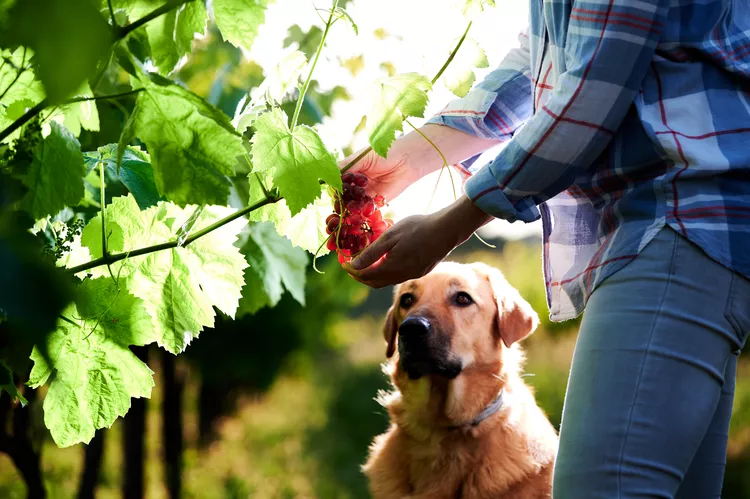
Exploring Pet-Friendly Wineries: Types, Locations, and More
Discover the different types of pet-friendly wineries, where to find them, and what to expect when you visit. Learn more with The Spruce Pets.
Why Is My Dog’s Eye Swollen?
If your dog's eye is swollen, she may need veterinary attention. The inflammation could be caused by allergies, an injury, or even a tumor.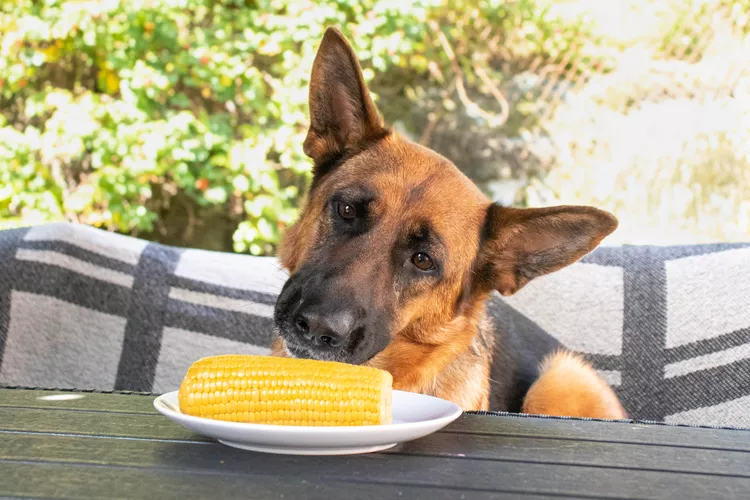
Can Dogs Eat Corn on the Cob?
Dogs love chewing on corn cobs, but this can cause serious harm. Learn about the dangers of corn cobs and find out what to do if your dog eats one.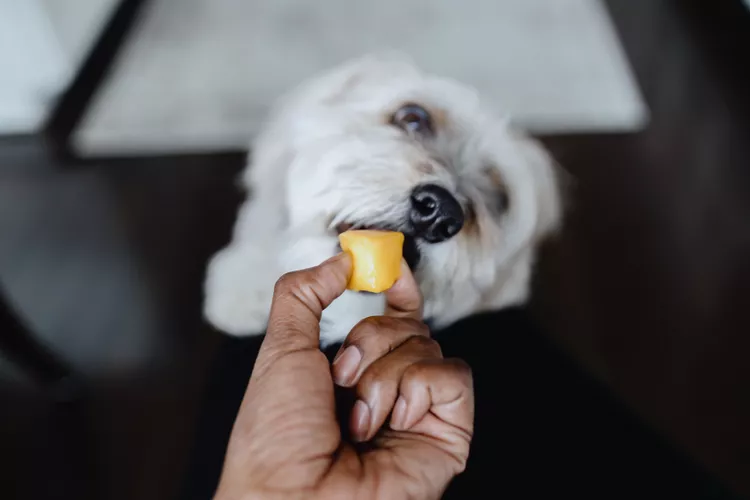
Can Dogs Eat Papaya? What to Know About Sharing This Tropical Fruit With Your Pup
Papaya is safe for dogs in moderation, and it can even provide some nutritional value for them. However, too much can cause digestive upset, and it's not suitable to share with dogs with certain health conditions.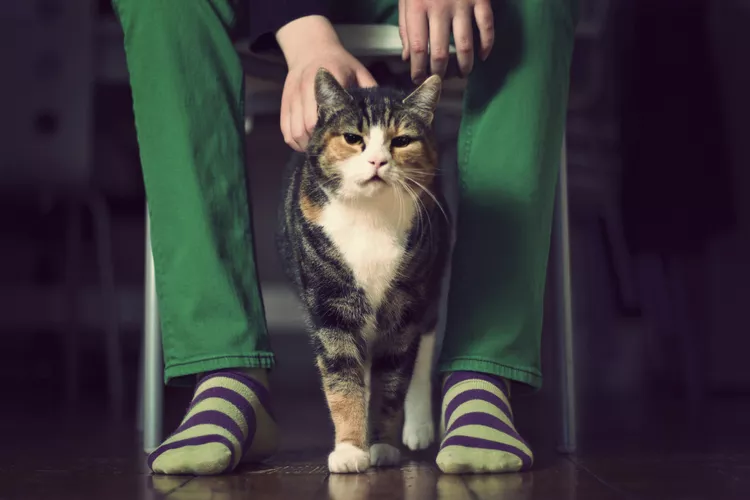
65 Irish Cat Names
Irish cat names can pay homage to historical places, local cuisine, famous Irish actors and musicians, or other wonderful aspects of the Emerald Isle.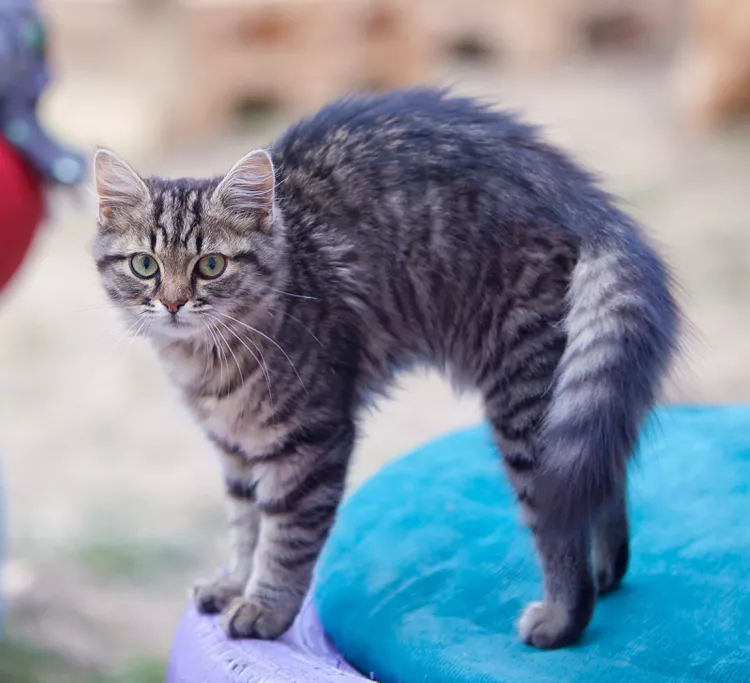
Feline Hyperesthesia Syndrome (FHS) in Cats
Rippling skin is more than dermal sensitivity in cats. It can be a sign of Feline Hyperesthesia Syndrome. Learn the causes, treatment, and prevention.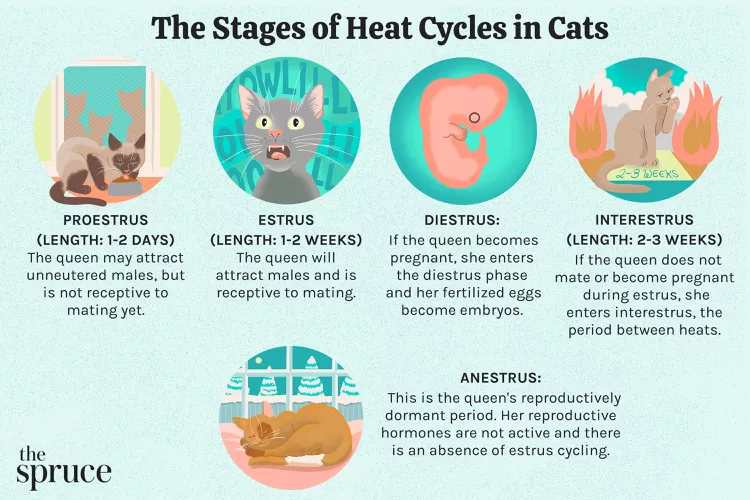
How Long Are Cats in Heat?
How long are cats in heat? Learn about the heat cycles of cats, also called estrus, as well as the reasons you should spay your cat.
Can Dogs Eat Raw Chicken Feet?
What are the potential health benefits of chicken feet for dogs? What are the risks?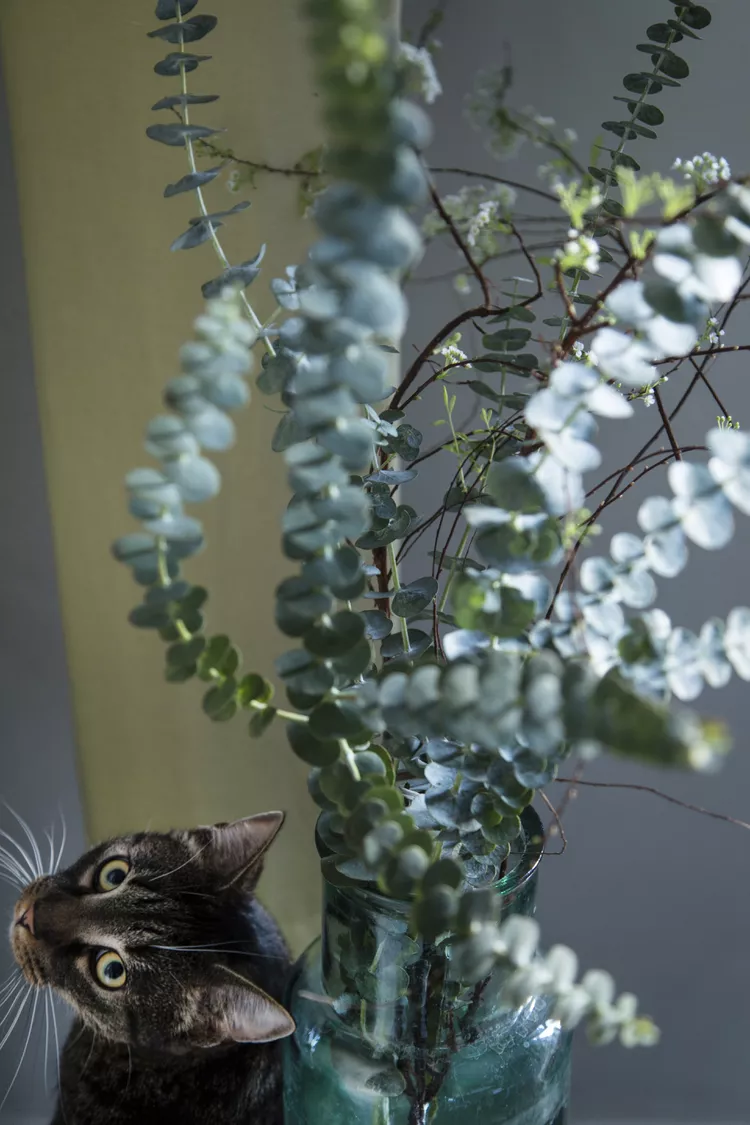
Is Eucalyptus Safe for Cats?
Many products containing eucalyptus are not safe for cats, and it is important to be aware of the risks to your cat.
What You Need to Know About Homemade Cat Food
If you want to cook for your cat, make sure to read about the risks associated with homemade diets for cats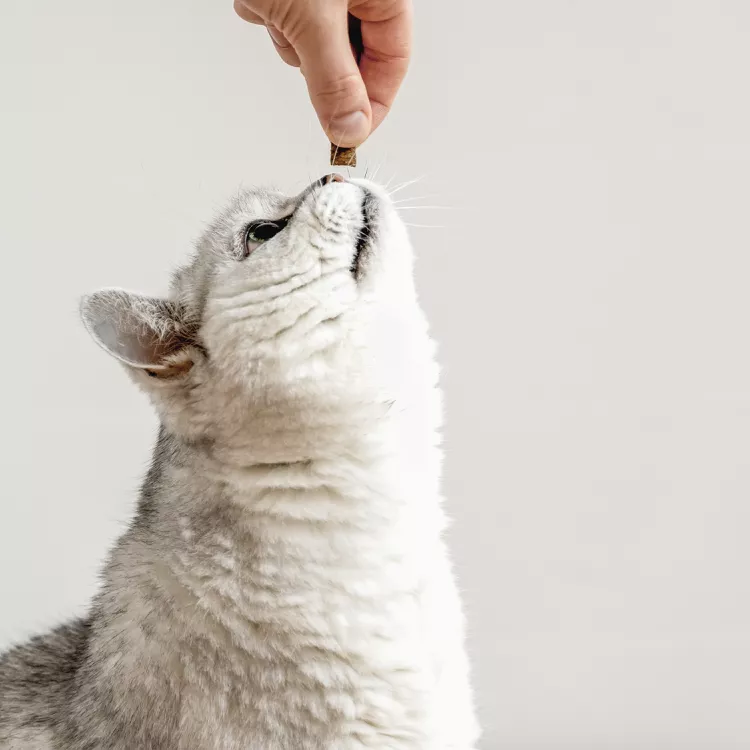
Can Cats Eat Peanut Butter?
Peanut butter is not toxic to cats, but it might not be the best choice of treat for them.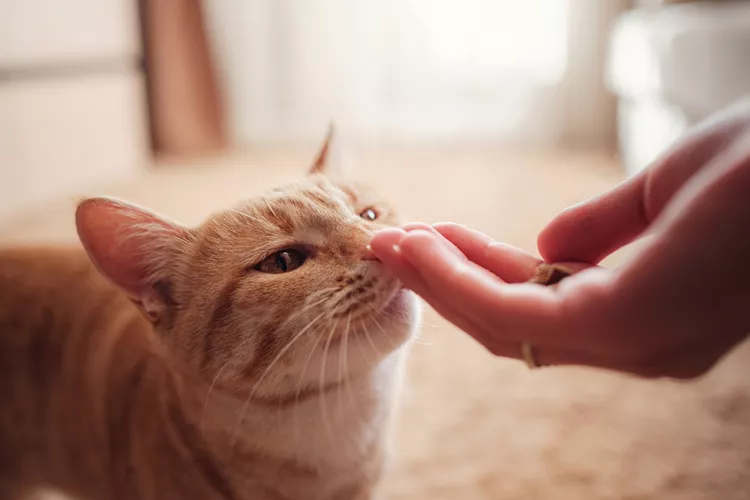
Can Cats Eat Cheese?
Can cats eat cheese? Is it healthy for them? How much can they eat and what should you do if you fear your cat has eaten too much cheese?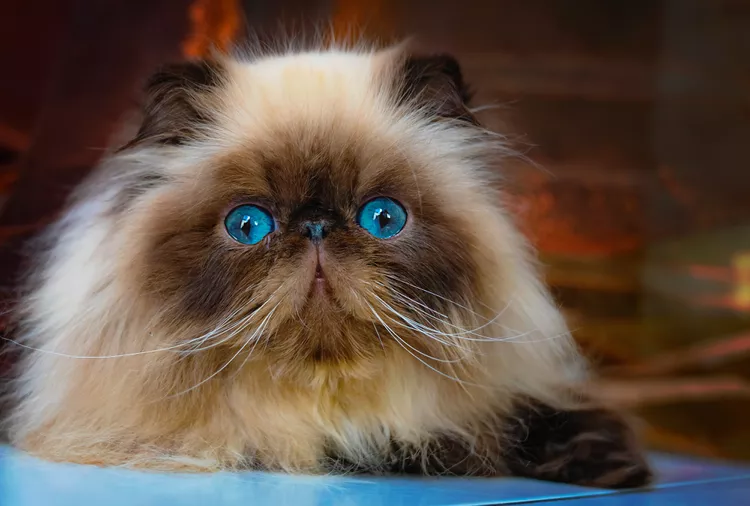
8 Flat-Faced Cats with the Cutest Smooshed Faces
These flat-faced cat breeds have a distinct and adorable appearance. Learn about their origins and traits, and the potential health risks tied to their unique facial structures.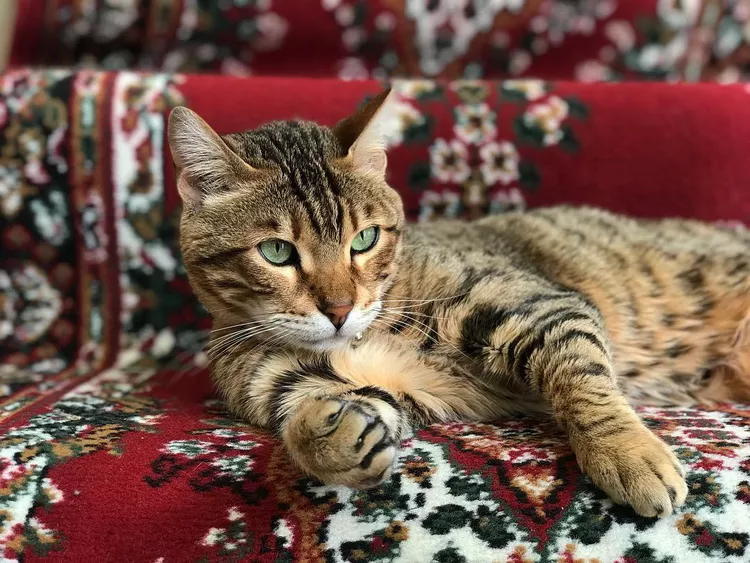
Pictures and Facts About Bengal Cats and Kittens
Bengal cats are a cross between wild cats and domestic cats. Learn more about what they look like and pictures of this beautiful spotted breed.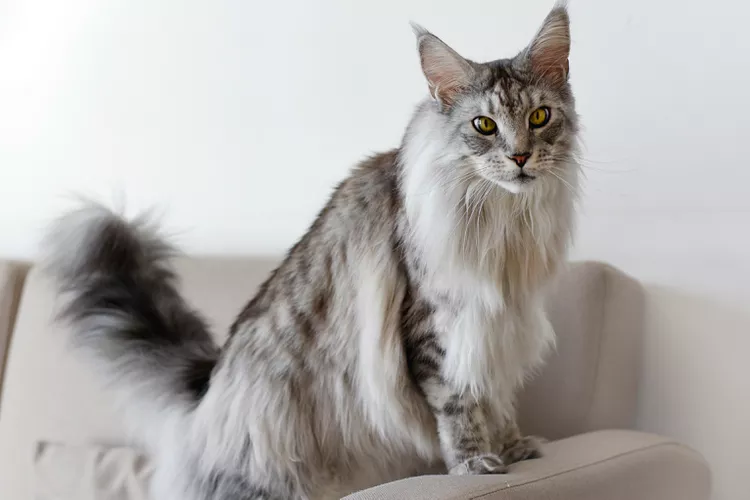
Top 10 Big House Cats
Larger cat breeds, like Maine coons and savannahs, deserve just as much love as their petite counterparts. These big house cats tip the scales.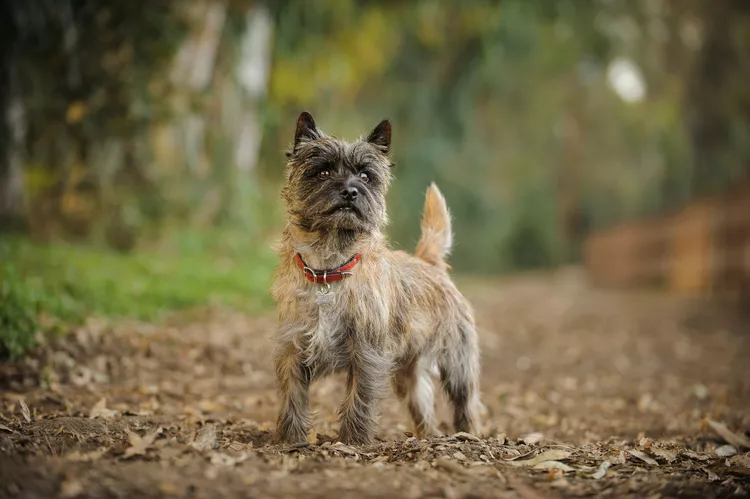
Cairn Terrier: Dog Breed Characteristics & Care
The cairn terrier is a spunky, affectionate, and intelligent dog from Scotland. The breed became famous when one played Toto in The Wizard of Oz. Learn about the temperament, history, health, and care needs of the cairn terrier dog breed.
Reasons Why Dogs Grind Their Teeth
Some dogs grind their teeth. Learn why dogs grind their teeth and if it can be harmful. Find out what to do about teeth grinding in dogs.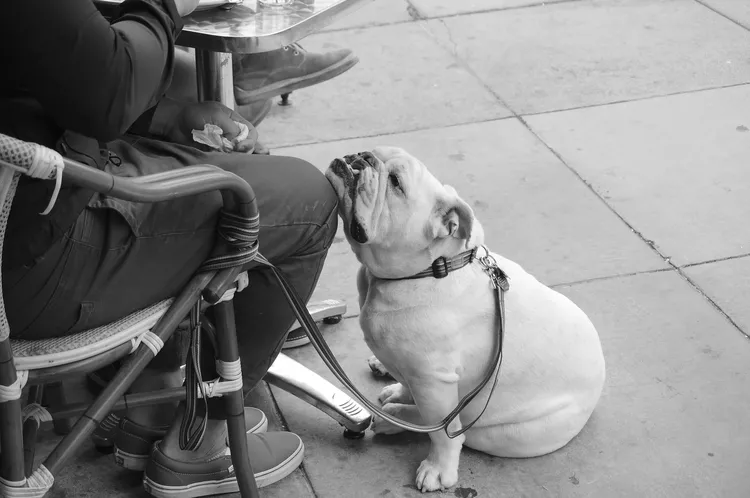
This Is Why Some Dogs Lean on People
Certain dogs really love leaning on their humans. What does this mean? Find out why dogs lean on people and if this is ever a problem.
Can Dogs Get Depression? How to Help Your Sad Dog
Can dogs get depression? Learn about the signs of depression in dogs and find out how to help your sad dog.